Western Red Cedar Wood
- September 8, 2023
- 0 comment
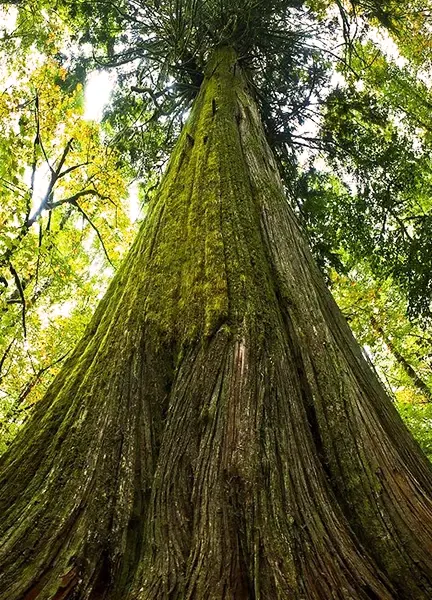
Western Red Cedar is a species of softwood native to the western part of North America. It’s known for its rich reddish-brown color, straight grain, and aromatic scent. This wood is lightweight, durable, and has natural resistance to decay and pests, making it an ideal choice for various applications, especially those exposed to outdoor elements.
Texture
The texture of Western Red Cedar is relatively fine, and the grain is usually straight, although it can sometimes be wavy or irregular. It has a soft, satiny feel and is easy to work with in both hand and machine operations.
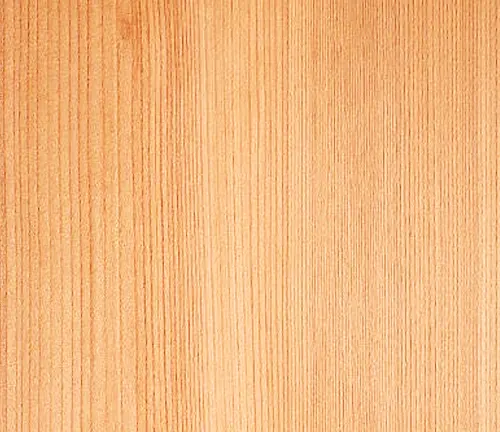
Bark
The bark of Western Red Cedar is greyish-brown, fibrous, and stringy. As the tree ages, the bark becomes more furrowed and ridged.
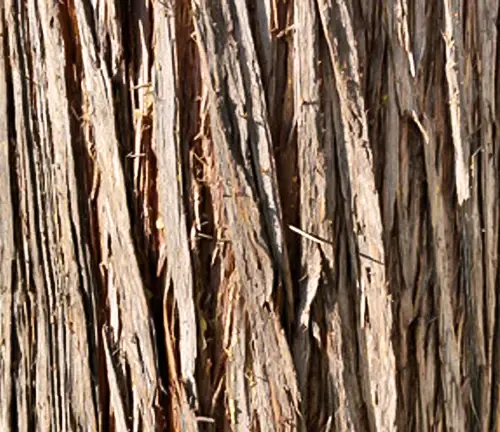
Furniture
While Western Red Cedar is soft and lightweight, it’s still commonly used in outdoor furniture such as picnic tables, chairs, and benches because of its resistance to decay and insect attack. Its aesthetic appeal and aromatic nature also make it a choice for some indoor furniture.
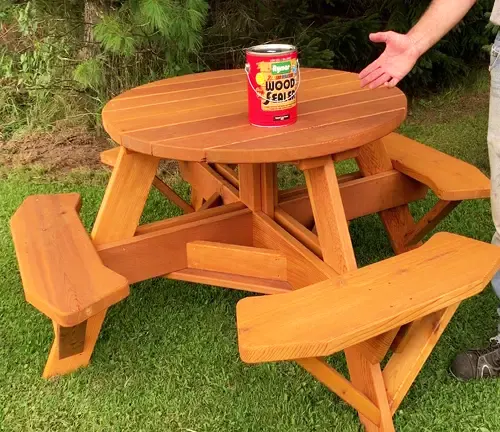
Weapon
Historically, indigenous peoples have used the wood of the Western Red Cedar for making bows and arrows due to its flexibility and strength.
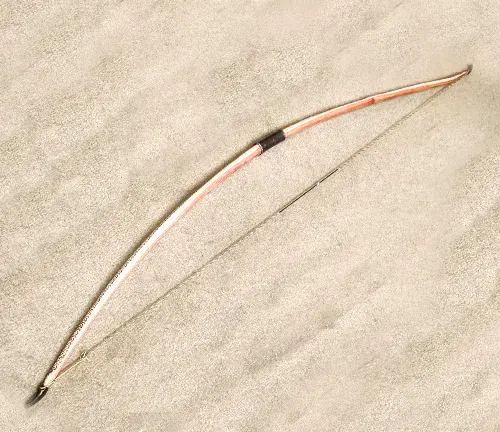
Firewood
While Western Red Cedar can be used as firewood, it tends to burn quickly and with a lot of sparks. It also has a distinct, aromatic smell when burned.
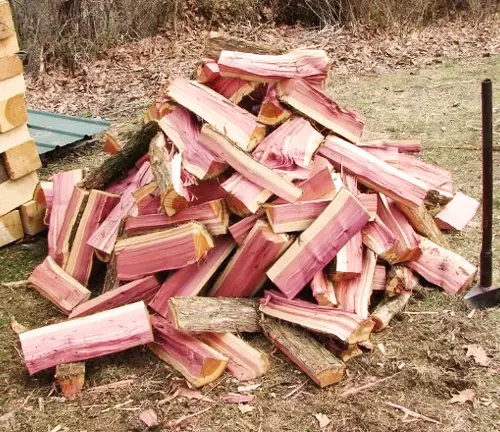
Construction
This wood is a favorite for construction, especially for outdoor structures. Its resistance to decay makes it ideal for posts, beams, and other structural elements. Its insulating properties also make it a good choice for home construction in certain areas.

Plywood
Western Red Cedar can be made into plywood and used for decorative veneers and paneling, especially where resistance to moisture is desired.
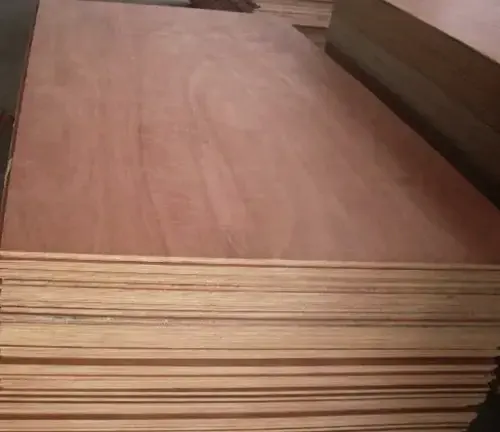
Board
It is often milled into boards for use in siding, decking, and trim.

Railroad Cross Ties
While more durable hardwoods are generally preferred for railroad ties, Western Red Cedar has been used in this application, especially in areas where it’s abundant.
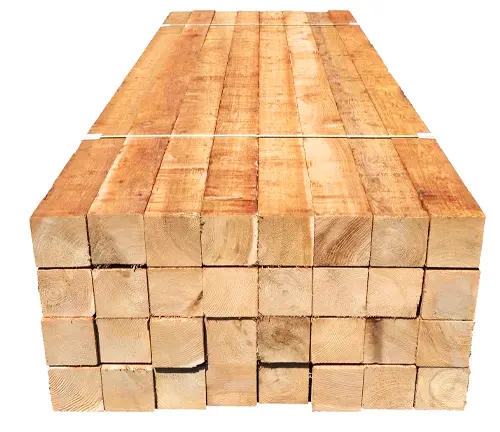
Pallet
While Western Red Cedar might not be the first choice in mainstream pallet manufacturing due to its softer texture, it brings a unique set of attributes to the table. Especially when crafting specialty pallets, its lightweight nature combined with its innate resistance to decay makes it a desirable choice. Additionally, Western Red Cedar’s aromatic properties offer a pleasant scent, unlike most other woods used in pallet creation. Thus, for specific applications where both aesthetic and functionality matter, such as transporting luxury goods or specialty produce, a Western Red Cedar pallet can add an unexpected touch of sophistication and durability.
Fencing
Western Red Cedar is an excellent choice for fencing because of its natural resistance to decay and pests. It’s often used for fence posts, pickets, and panels.
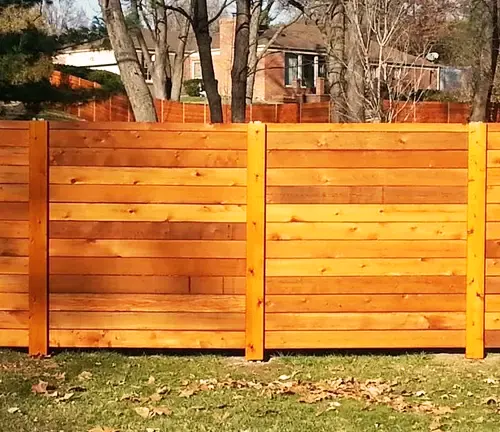
Wood Decking
Because of its durability, resistance to decay, and beautiful appearance, Western Red Cedar is a preferred choice for decking. It weathers gracefully and can last for many years with proper maintenance.
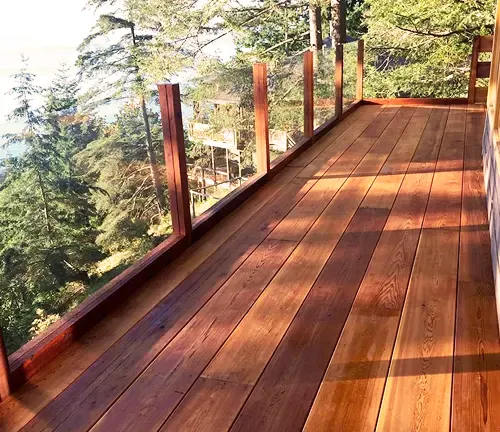
Live Edge Siding
Given its aesthetic appeal, Western Red Cedar is also used for live edge siding, giving homes and other structures a rustic, natural look.
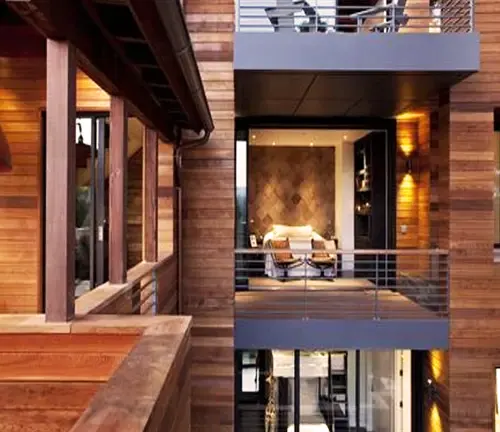
Beams
In construction, especially for outdoor structures like pergolas or patios, Western Red Cedar beams are prized for their strength-to-weight ratio, resistance to decay, and beautiful appearance.
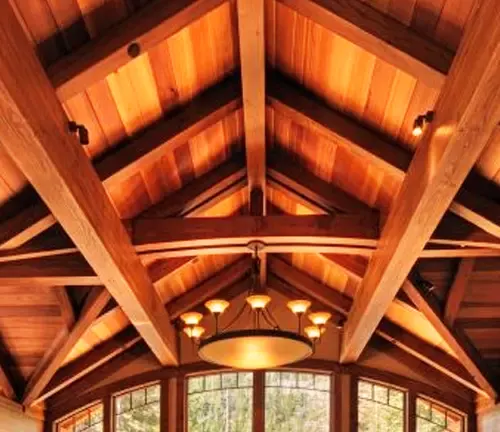
FAQs
- Why is Western Red Cedar considered an “aromatic” wood?
Western Red Cedar releases a distinct, pleasant aroma, especially when cut or sanded. This scent is due to naturally occurring oils in the wood that also provide resistance against pests and decay. - Is it true that Western Red Cedar has natural preservatives?
Yes, it contains natural oils that act as preservatives, giving the wood its renowned resistance to decay, moisture, and insect damage. - Why does Western Red Cedar wood change color over time when exposed outdoors?
When exposed to outdoor elements, untreated Western Red Cedar gradually turns to a silvery-grey patina due to the UV rays in sunlight. This color change doesn’t affect the wood’s durability. - Is Western Red Cedar a sustainable choice for construction?
Many Western Red Cedar products come from sustainably managed forests, making it an eco-friendly option. It’s always best to ensure that any cedar product you purchase is certified by a recognized sustainable forestry initiative. - How does Western Red Cedar compare in weight to other woods?
It’s a lightweight wood, making it easier to work with than many other types of timber. This lightness does not compromise its strength, making it suitable for various applications. - Does Western Red Cedar require a lot of maintenance when used outdoors?
While all woods require some maintenance, Western Red Cedar’s natural resistance to decay means it requires less upkeep than many other woods. However, for prolonged color retention and maximum lifespan, occasional cleaning and sealing are recommended. - Why is Western Red Cedar often chosen for saunas and closets?
The aromatic quality of Western Red Cedar makes it a popular choice for saunas and closets. Its scent is believed to repel pests like moths. - How does Western Red Cedar wood perform in humid climates?
Due to its natural oils and resistance to moisture, it performs exceptionally well in humid climates, making it a top choice for applications like outdoor decking or siding in such areas. - Can you paint or stain Western Red Cedar?
Absolutely! Western Red Cedar accepts paint and stains very well. If you wish to maintain its natural color, using a semi-transparent stain is recommended. For a more opaque finish, painting is also an option. - What is the historical significance of Western Red Cedar among indigenous cultures?
Indigenous peoples of the Pacific Northwest Coast have revered Western Red Cedar for centuries, using it for constructing totem poles, canoes, and ceremonial objects. Its flexibility, strength, and durability made it a vital material in their daily lives.
In wrapping up, we’ve delved deep into the nuances, traversed through the essential points, and uncovered the significant facets. As we close this chapter, let’s carry forward the knowledge and insights gained, and apply them where they fit best in our journeys. Until next time, keep exploring, keep questioning, and above all, never stop learning.


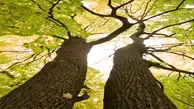

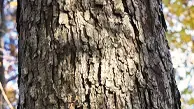
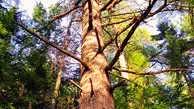


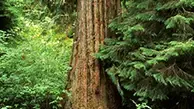
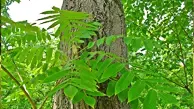
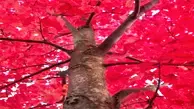
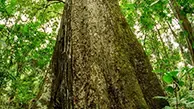
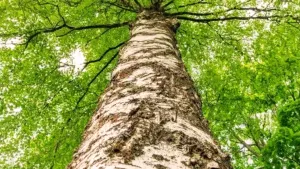
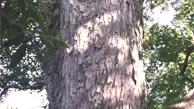
Leave your comment